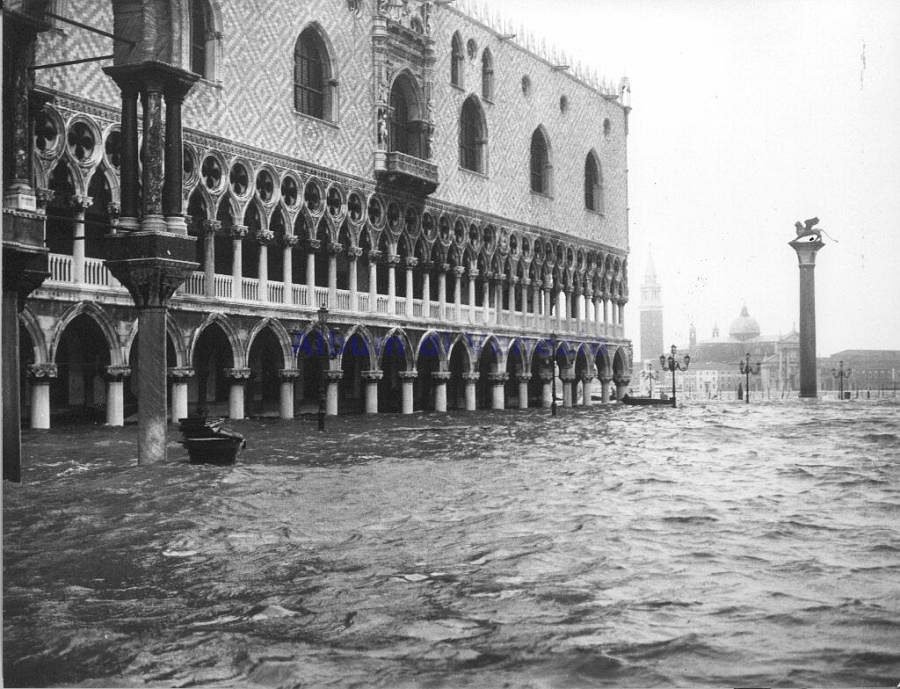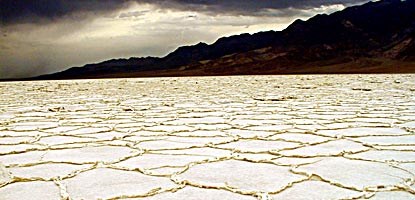It is the year 7010, and I, a time-traveler from the distant past, have been sent on a scientific expedition to document the effects of global warming on coastal cities located in the United States. I have decided to explore what was once known as the coastal city of Miami in Florida. Many organizations have warned of the effects of global warming affecting the rise of sea levels, and Miami was among the cities that were identified as being most at risk. Miami has been identified as being at risk of becoming a future Atlantis for many reasons, one of them being that the limestone that makes up much of the coastline in Miami-Dade county and Palm Beach is incredibly porous. The rise of sea levels makes the submergence of Miami an unavoidable and tragic certainty. Indeed, when I arrive by boat to where Miami once stood as a coastal metropolis, I can see submerged buildings underneath the ocean water.
Artist Rendition of Miami in 2100 A.D.
Retrieved from https://www.youtube.com/watch?v=PFFRK0qv_4I
How did the sea levels rise so substantially to be able to swallow a once great city? The process has started rapidly ever since the Industrial Revolution, when humans began burning fossil-fuels and decimating many of Earth's forests, which in turn released copious amounts of carbon dioxide into the Earth's atmosphere. This deposit of carbon dioxide is responsible for raising the Earth's surface by 1°F over the past 2 centuries. However, much of this carbon dioxide isn't retained in the Earth's atmosphere, instead it is trapped in Earth's many oceans. The temperature increase over the past century has only raised the average temperature of the Earth's oceans by 1°F but it is rapidly speeding up. It is also important to note that when the oceans are subjugated to increased temperatures, they expand(which explains the rise of sea levels). As I continue to observe my surroundings in the ocean, I notice that most of the coral in the area is phosphorous instead of the vibrant orange and reddish hues that I come to expect. This is yet another effect of global warming. The rising temperatures of the ocean has caused the coral in the area to expel the algae that lives within its tissues, which in turn causes it to "bleach" or become white. While this bleaching process doesn't guarantee death, much of the coral population has succumbed to disease due to being more highly susceptible as a result of a lack of nourishment.

Bleached Coral
Retrieved from https://phys.org/news/2016-04-large-barrier-reef-dead-years.html
While the natural geology of Miami(such as the Miami Limestone) has played a part in Miami's submergence, it is tragic to think that this could have been avoided if we as a society could have avoided our over-reliance on fossil fuels. Thankfully , society has undergone huge changes in energy consumption in an effort to avoid further catastrophe. Those who have retreated further inland can be seen being more conscious in regards to relying more heavily on renewable energies; such as wind and solar. Other efforts taken to reduce our carbon footprint include forest reclamation and being more efficient in regards to water waste(shorter showers, installation of WaterSense fixtures). Viewing a resurgence of vast forests fills me with the hope that humanity is capable of great change, even if it comes as a reactionary measure due to horrible consequences.
References
Borunda, A. (2019). Ocean warming, explained. Retrieved from https://www.nationalgeographic.com/environment/oceans/critical-issues-sea-temperature-rise/?beta=true#close
Denchak, M. (2017). How to Stop Global Warming. Retrieved from https://www.nrdc.org/stories/how-you-can-stop-global-warming
O'Brien, M. (2018). Will climate change turn Miami into a 'future Atlantis'?. Retrieved from https://www.pbs.org/newshour/show/will-climate-change-turn-miami-into-a-future-atlantis
Stager, C. (2012). What Happens AFTER Global Warming?. Retrieved from https://www.nature.com/scitable/knowledge/library/what-happens-after-global-warming-25887608/















